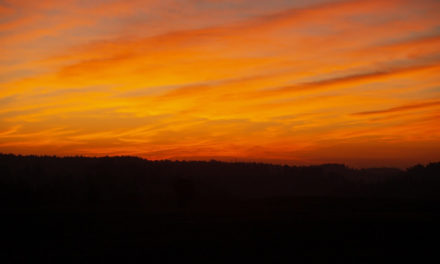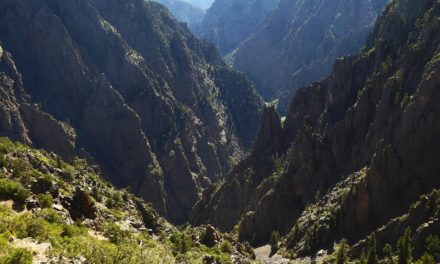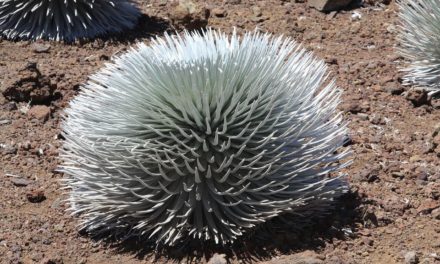Table of Contents
Overview / About
Stretching along 15 miles of Lake Michigan’s southern shoreline, Indiana Dunes National Park is one of the most diverse landscapes in the Midwest. Located in northwestern Indiana, this 15,000-acre park combines towering sand dunes, serene beaches, forests, wetlands, and prairies, all within easy reach of Chicago.
Designated as a national park in 2019, Indiana Dunes protects an incredible range of habitats shaped by wind, water, and time. Visitors come for swimming, birding, and hiking through an ever-changing mosaic of ecosystems where the dunes rise dramatically beside one of America’s Great Lakes.
Wildlife & Nature
Despite its small size, Indiana Dunes is one of the most biodiverse parks in the U.S., home to over 1,100 plant species and a rich array of wildlife.
Key Wildlife:
- White-tailed deer, red foxes, beavers, and raccoons
- Over 350 bird species, including sandhill cranes, herons, and warblers during spring and fall migrations
- Amphibians like frogs and salamanders thriving in wetland areas
Flora & Habitat:
- The park’s dunes reach up to 200 feet high, formed by shifting winds over centuries.
- Unique habitats include black oak savannas, marshlands, prairies, and beach forests.
- Rare plant species such as pitcher’s thistle and wild lupine add seasonal color.
Landscape Highlights:
- Mount Baldy Dune: A 126-foot “living dune” that moves several feet per year.
- Cowles Bog: A National Natural Landmark showcasing wetland ecology.
- Lake Michigan Shoreline: Clean, sandy beaches perfect for swimming and sunsets.
Experiences & Activities
Indiana Dunes National Park offers a full mix of outdoor recreation, from swimming and hiking to birdwatching and kayaking.
Top Things to Do:
- Hiking:
- Dune Ridge Trail (0.7 mi) – Short but scenic with lake views.
- Cowles Bog Trail (4.7 mi) – Through wetlands and forests to the beach.
- Tolleston Dunes Trail (2.9 mi) – Walk among rolling dunes and oak trees.
- Beaches:
- West Beach – Popular for swimming and picnics.
- Porter Beach – Quieter, scenic shoreline.
- Central Avenue Beach – Remote and peaceful.
- Birdwatching: Especially vibrant during spring and fall migrations a top spot on the Indiana Birding Trail.
- Paddling & Fishing: Kayak on the Little Calumet River or fish for perch and salmon in Lake Michigan.
- Biking: The Calumet Trail connects several key park sites.
- Winter Activities: Snowshoeing, cross-country skiing, and winter hikes offer a quiet, frosty charm.
Best Time to Visit
Indiana Dunes is open year-round, though activities vary by season.
- Spring (April–May): Best for wildflowers and bird migration.
- Summer (June–August): Warm, ideal for swimming and beach days.
- Fall (September–October): Colorful foliage and fewer crowds.
- Winter (November–February): Snowy dunes and peaceful hikes.
- Peak season is June to August, when lake temperatures and weather are perfect for outdoor fun.
How to Reach & Park Entry
Location: Along the southern shore of Lake Michigan, near Porter, Indiana.
Nearest Airports:
- Chicago O’Hare International Airport (ORD): ~60 miles (1.5 hours).
- Chicago Midway Airport (MDW): ~50 miles.
- South Bend International Airport (SBN): ~45 miles.
By Train:
- The South Shore Line commuter train stops at Dune Park Station, just steps from the park.
By Road:
- From Chicago: 50 miles via I-90 E or I-94 E.
- From Indianapolis: 160 miles via I-65 N.
Entry Fee: $15 per person (or $25 per vehicle), valid for seven days.
Where to Stay / Camping Options
Inside the Park:
- Dunewood Campground: The main camping area with 67 sites (some RV), open from spring through fall. No hookups, but clean restrooms and fire pits are available.
Nearby Options:
- Hotels: Found in nearby towns like Chesterton, Porter, and Michigan City.
- Cabins & Vacation Rentals: Lake-view cottages and forest lodges available year-round.
- Indiana Dunes State Park Lodge: Offers comfortable rooms within walking distance of beaches and trails.
Travel Tips / Safety Notes
- Check swimming advisories Lake Michigan currents can be strong.
- Stick to marked trails to avoid damaging fragile dune ecosystems.
- Bring insect repellent in summer; mosquitoes can be active near wetlands.
- Watch for ticks and poison ivy along forest paths.
- Pets are allowed on most trails and beaches (on leash).
- Pack out all trash; dunes are easily disturbed.
Packing List
- Comfortable hiking shoes
- Swimsuit and quick-dry towel
- Sunscreen, hat, and sunglasses
- Light jacket or windbreaker
- Insect repellent and water bottle
- Picnic blanket or beach mat
- Binoculars for birdwatching
- Reusable containers for snacks
Visitor Statistics
Indiana Dunes National Park receives around 3 million visitors annually, making it one of the most visited parks in the Midwest. Its close proximity to Chicago and diverse outdoor options attract both day-trippers and nature enthusiasts.
Conservation & Responsible Tourism
The park plays a vital role in protecting fragile dune ecosystems and wetland biodiversity along Lake Michigan. Conservation efforts focus on controlling invasive species, restoring native plants, and maintaining the balance between recreation and protection.
Responsible Travel Tips:
- Stay on designated trails to prevent dune erosion.
- Avoid trampling vegetation and beach grasses.
- Respect wildlife and nesting bird zones.
- Use refillable bottles and minimize plastic waste.
- Support local communities by visiting nearby eco-friendly businesses.
Indiana Dunes National Park is where nature, water, and wind meet, offering a refreshing mix of beachside adventure and ecological richness a true gem of the American Midwest.












